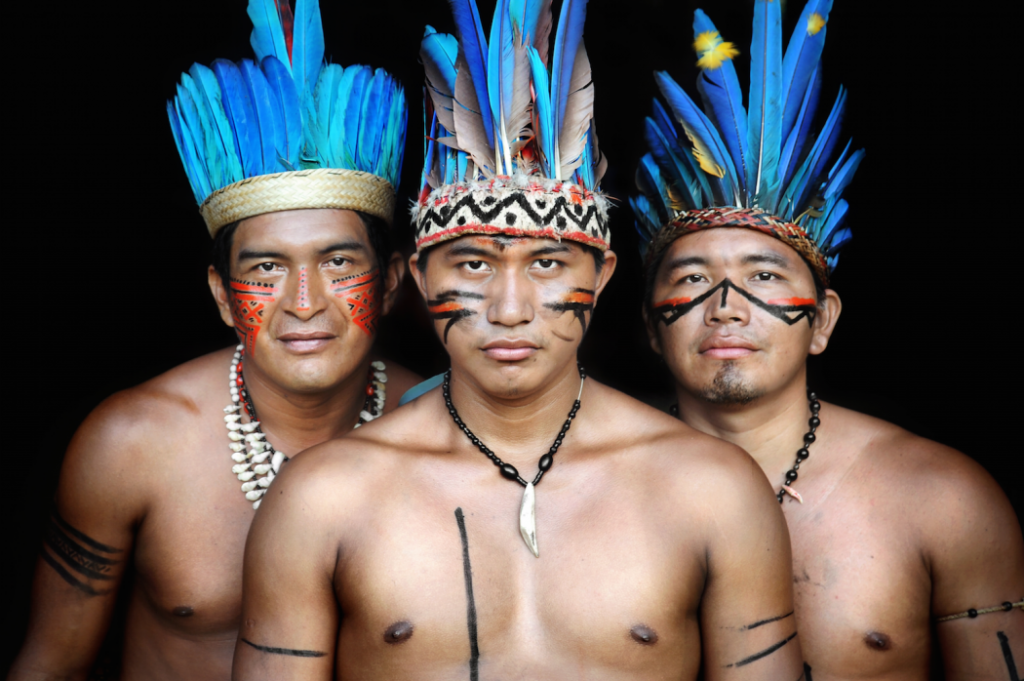

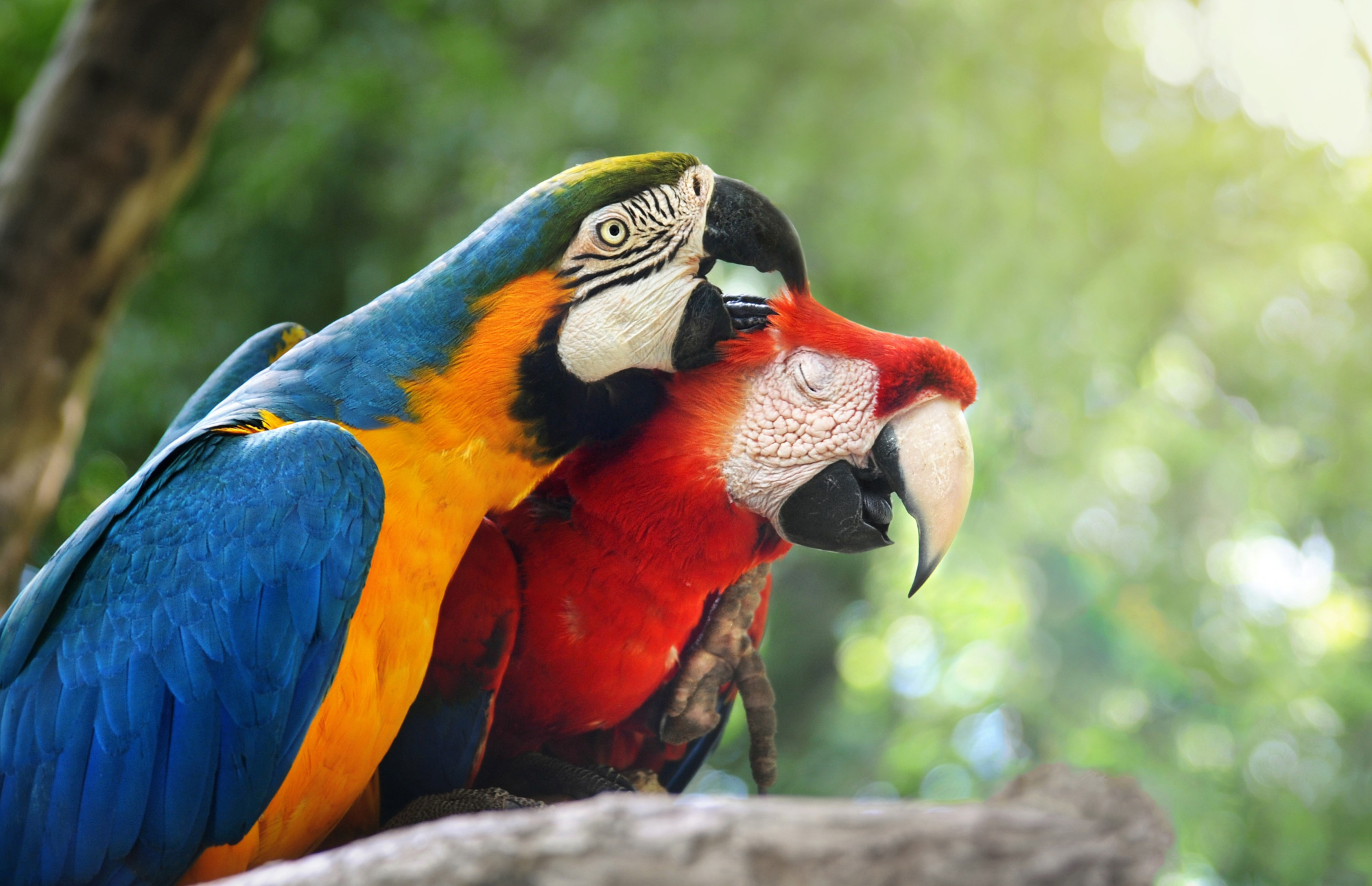
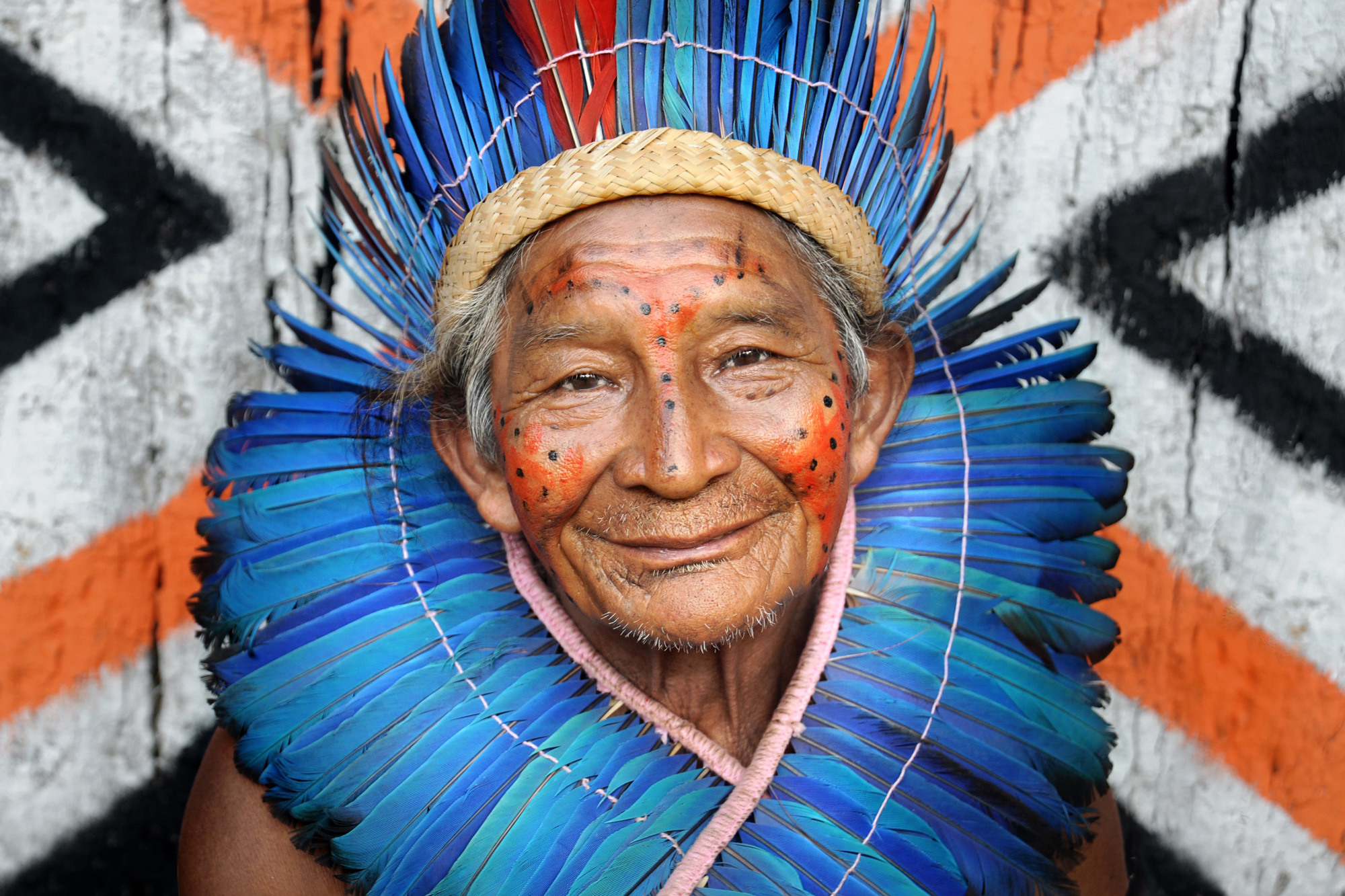
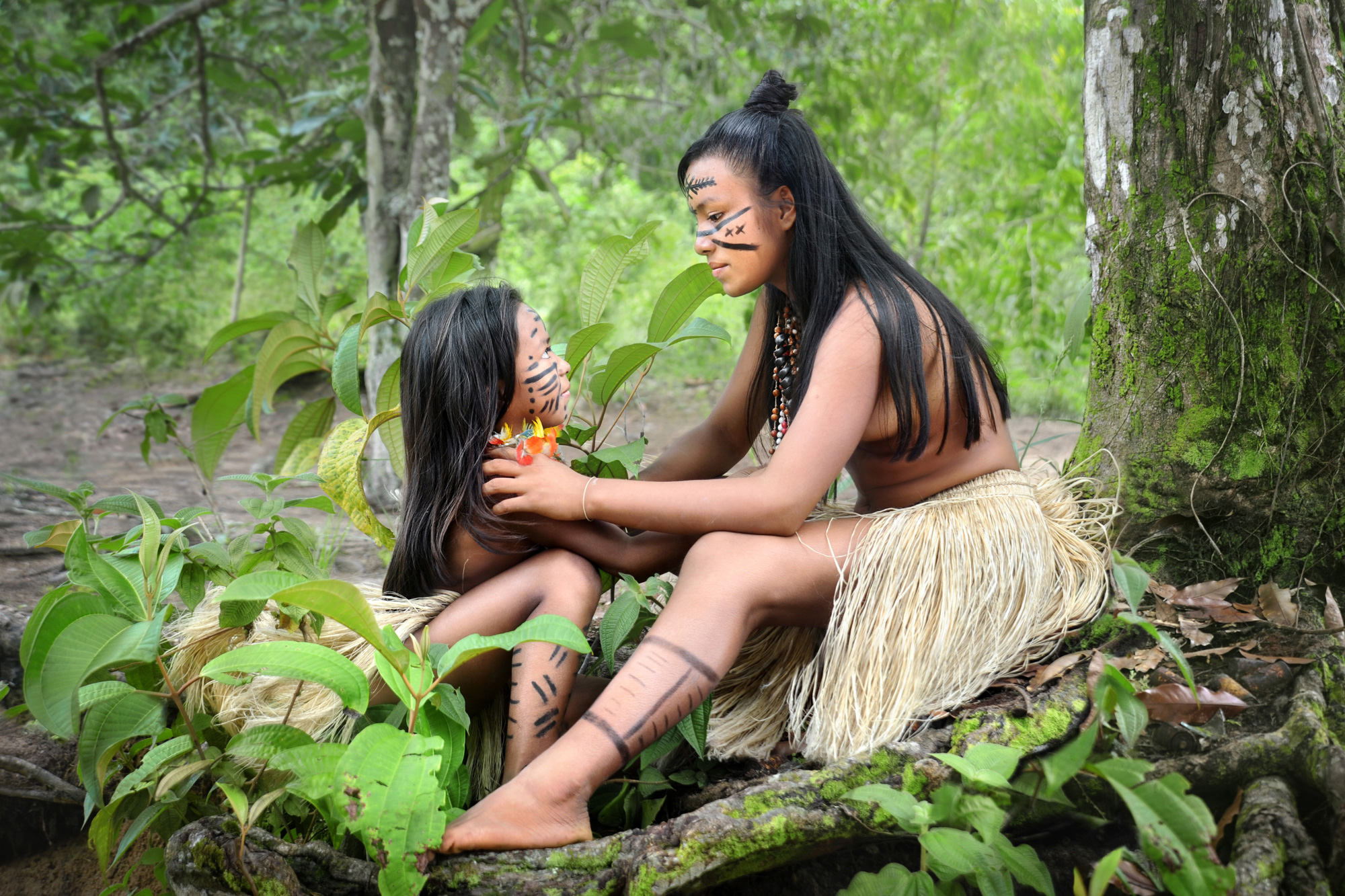

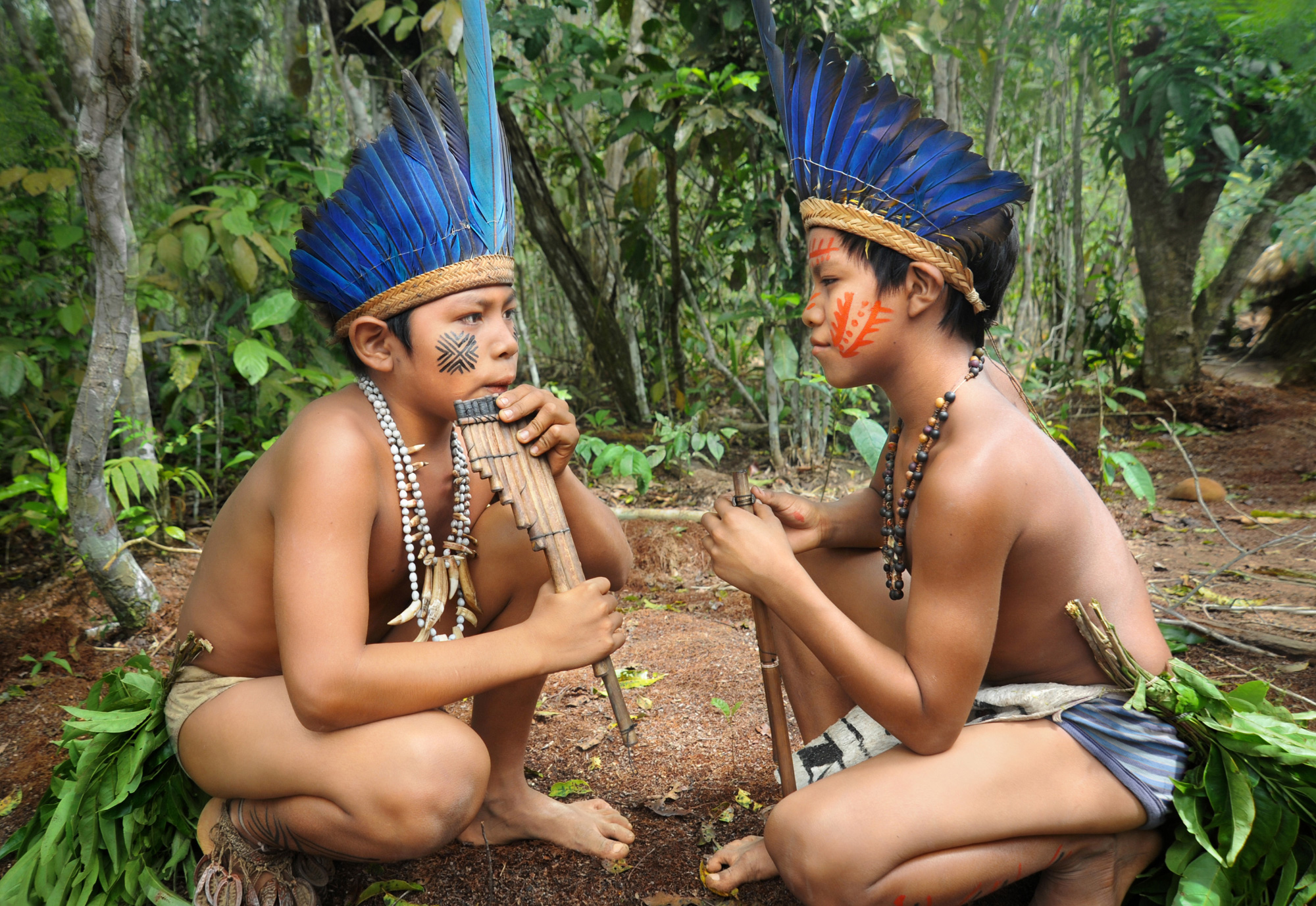
3000 miles from Brazil’s capital, Rio de Janeiro, lives a remote tribe whose connection with nature far surpasses that of the ‘developed’ world.
The Desana tribe has a unique connection with its environment and its people call themselves wira pora: sons of the wind. Through their observation of nature, the Desana understand that they must uphold the balance between the environment and its people. They believe that population control is a significant factor in the sustainability of the Earth. Strict management of both their subsistence agriculture and shared community ideologies ensures the management of energy and resources – both of which are ultimately returned to the natural environment.






